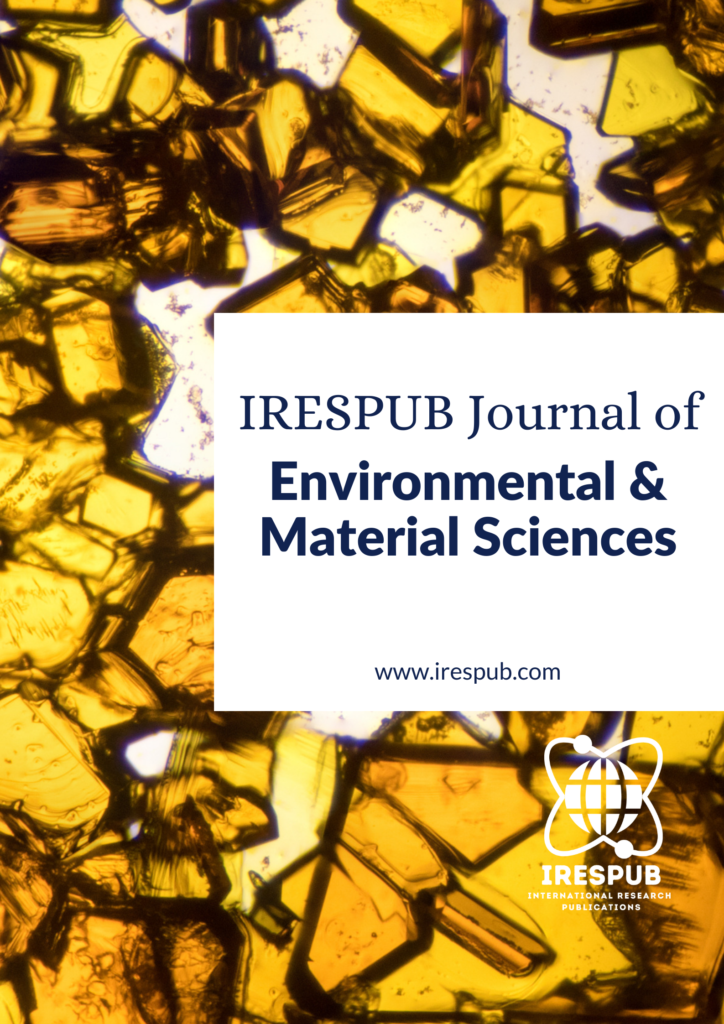
Year Launched: 2021
Journal Menu
- Scope & Research Areas
- Instructions for Authors
- Article Processing Charge
Journal List
- Natural & Applied Sciences
- Life Sciences
- Business Management
- Education & Literature
- Humanities & Cultural Studies
- Medical & Dental Sciences
- Engineering & Computer Sciences
- Agriculture, Food & Nutrition
- Environmental & Material Sciences
- Wellness & Lifestyle Management
- Arts & Ideas
- Law, Policy & Religion
Spatial analysis of soil covers by definition of soil stability indicators for flushing in the upper Shirvan zone of Azerbaijan
Volume 1, Issue 1, Sep-Oct 2021 | Page 19-25 | PDF (271K) | Pub. Date: September 30, 2021
Author(s)
RANS Z. H. Aliyev; Institute of Erosion and Irrigation of Azerbaijan National, Academy of Sciences, Baku, Republic of Azerbaijan
Abstract
The results of the research prove that the “soil layer” created in the database contains information on the types of soils, as well as their groups in the southern slopes of the foothills of Azerbaijan. Given the availability of cartographic materials, an analysis was also carried out for the Akhsu district as a research facility. The results are given in Tables 1 and 2, which provide information on the area of specific types of soils according to altitude intervals and grades of terrain slopes.
Keywords
light; brown; meadow-gray; hazard; flushing; carbonate; mountain-forest; unstable; gray-meadow
Cite this paper
Rans, A. Z. H. (2021), Spatial analysis of soil covers by definition of soil stability indicators for flushing in the upper Shirvan zone of Azerbaijan, IRESPUB Journal of Environmental & Material Sciences. Volume 1, Issue 1, Sep-Oct 2021, Page 19-25
References
[1] Alekperov K.A. 1980. Soil-erosion map and land protection. Moscow.
[2] Aliev B.H., 2005. The problem of desertification in Azerbaijan and ways to solve it. Baku, “Ziya-Nurlan Publishing House”
[3] Aliev B.H, Aliev Z.H, Aliev I.N., 2005. Problems of erosion in Azerbaijan and ways to solve it. Baku, “Ziya-NIC” Nurlan “Publishing House”, p. 122.
[4] Ibragimov, A.A. Mapping of eroded soils on agricultural land (on the example of the Dashkesan region of the Azerbaijan SSR) Questions of the methodology of soil-erosion mapping. Moscow.
[5] The decree of the Ministry of Agriculture of the Republic of Poland and the development of the village dated 11.03.2009 on the details of the terms and procedures for the provision of financial assistance in the framework of the works “Support to management in mountainous areas and other areas with unpleasant conditions of subsistence” (“NUKH”), covered by the “Program development of rural areas in 2007-2013 “(Bulletin of Laws” No.68, pos.448)
[6] Order of the Council (European Commonwealth) 1698/2005 of 20.09.2005 On the issue of supporting the development of rural areas by the “European Agricultural Fund” in the field of “Rural Development” (“Bulletin of the laws of the U.S. of October 21, 2005)
[7] Order of the Council (European Commonwealth) No.77 / 2009 of 19.01.2009. Establishing general rules of the system of direct support of farmers in the field of common agricultural policy and establishing a certain system of support to farmers, changing order (EC) No. 1290/2005, (EU) №247 / 2006, (EU) №378 / 2007 and rejecting the order (EC) No.1782 / 2003 (“Law bulletin” EU L-30 “dated January 31, 2009, page 16)
[8] Commission Regulation (EC) No 1974/2006 of 15.12.2006, which defines the detailed rules for the application of the Council of the European Union No. 1698/2005 on supporting the development of rural areas by the “European Agricultural Fund” in the field of “Rural Development” (“RSR”). (“Bulletin of Laws”) of the EU “L 368” of December 23, 2006, p. 15, with the trace of the amendment)
[9] The Law of 07.03.2007 on Supporting Rural Development with the participation of the “European Agricultural Fund” in the field of “Rural Development”; 64, pos.427
[10] minrol.gov.pl
[11] www/armir.gov.pl
[12] mos.gov.pl
[13] polskapomoc.gov.pl. Training materials ISBN 978-83-61875-14-7. Practical course. Minikovo.14-18.09.2009. Falent. Poland 2009
[14] Project 640 / 2010.- Principles for the formation of the structure of agricultural lands in mountain regions of Azerbaijan subject to erosion, using GIS technology. Training materials ISBN 978-83-62416-10-3. Falent. Poland 2010

